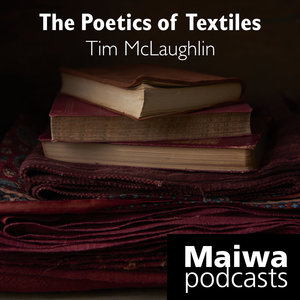On September 25th we welcomed director Cathy Stevulak to present her documentary Threads: The Art and Life of Surayia Rahman. Surayia is an artist who is driven to create: from painting and sketching to working with embroiderers in the tradition of Nakshi kantha tapestry. Threads is a documentary about her life, and about the lives of the women who earn a living through embroidering Surayia's designs.
Full information about the film, including a trailer can be found on the website: http://kanthathreads.com/
It was a full house and Threads had an emotional impact with the audience. After the film Cathy answered questions about the embroidery, the film-making process, and Surayia's life.
Here is Tim McLaughlin's introduction to the evening:
There are a great many stories in the world. The ones we have not yet experienced are like food that we have not tasted, like buildings we have not entered, or people we have not yet spoken to. They are just around the corner and they are waiting for us. And just like people, some have nothing to say to us, some will tell us what we already know, while others will tell us only we want to hear. But some will tell us something that will change us forever.
One of the fundamental impacts of the digital revolution is that storytelling has changed. Access to the tools of movie production – which formerly might have cost hundred of thousands of dollars – may be had for the price of a laptop and a good camera. The tools are of incredibly high quality and are now almost inconceivably portable.
As a result, those people with drive and vision can tell many stories that would not have been told before.
Which is a profound change, especially if you believe, as the Canadian Novelist, Thomas King does, that the truth about stories is that that is all we are.
All of our ambitions, hopes, failures, achievements, and works, exist, in a very real sense only in the stories that express us.
Someone who has understood this truth is tonight’s guest, director and film-maker Cathy Stevulak.
She has spent many years carefully directing the process of interviewing, recording, filming, and editing in order to tell the story that you will hear tonight. It is a story about art and craft, about empowerment and struggle and about one woman who is driven by a singular desire to create.
Please join me in welcoming Cathy Stevulak …
Next lecture - Making Sense of Nonsense with Tilleke Shwarz on September 30th.
































